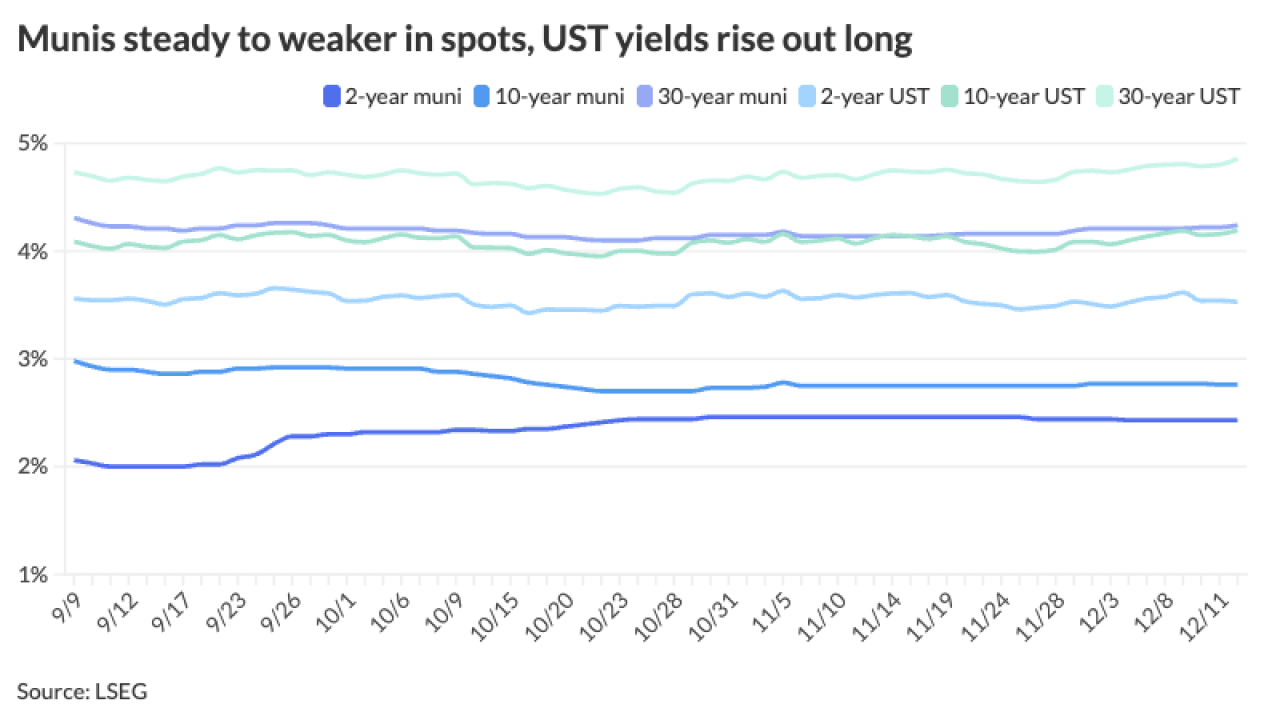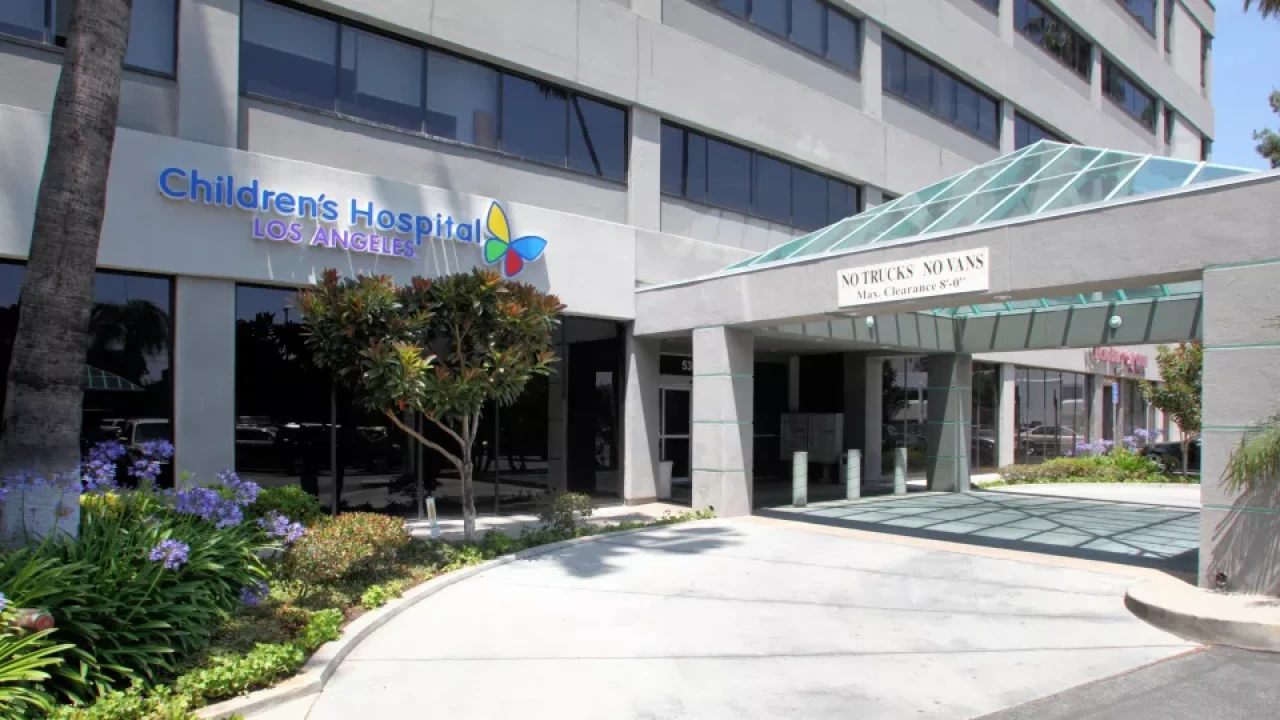
While the U.S. and China's pullback on tariffs could have some positive credit and economic implications, S&P Global Ratings analysts said the relief is only partial and could prove temporary.
The U.S. announced last week it had agreed to
After the 90-day pause ends, absent any agreement, tariffs are likely to go up again, perhaps sharply, S&P analysts noted. Additionally, the U.S. has only secured two bilateral trade deals so far with China and the U.K.; and a template for scaling those agreements has yet to appear, although the minimum tariff appears to be the 10% flat rate.
"The U.S.-China reduction improves our macroeconomic outlook," Paul Gruewald, S&P global chief economist, said in a statement. "This reflects a combination of factors including the direct effects of lower bilateral tariffs on the world's two largest economies, a reduction —though not elimination — of policy uncertainty, more buoyant asset prices, and some reopening of previously frozen markets."
U.S. imports still face tariffs that are six times higher than 2024 levels, and where the tariff settles after the 90-day freeze is uncertain, S&P noted in a Thursday report.
S&P analysts took heart from the Trump administration's willingness to move to de-escalate and quickly negotiate a deal, which should limit economic damage. But it won't undo the near-term inflationary impact already in the pipeline, they said.
Trade agreements can take 12 to18 months to be finalized and involve thousands of pages of documents, said Gene Seroka, executive director of the Port of Los Angeles, during a Monday morning press briefing.
S&P economists said they are not updating growth forecasts on economies given the unpredictability of policy development, particularly out of the U.S.
Rating actions are likely to accelerate should the recent de-escalation in trade tensions not be sustained, analysts said.
S&P expects the current tariff rate will push core inflation to 3% to 3.5% in the second half of the year. They also expect the Federal Reserve to lower interest rates — currently set in a range between 4.25% and 4.5% — by 50 basis points in the fourth quarter and noted the market has priced in two cuts of 25 basis points over the rest of 2025.
"We believe that the global trade environment will continue to weigh on credit conditions and our rating outlook, but tail risks have eased somewhat," said Alexandre Birry, S&P global head of credit research and insights.
Despite the pullback of heavy trade levies, the drag to capital expenditures and longer-term investments could linger, S&P analysts said. In the near term, businesses are expected to remain cautious about expansion and hiring and consumer spending is expected to remain subdued, analysts said.
"Trade activities are unlikely to resume pre-April 2 or earlier levels for some businesses," S&P analysts wrote. "The residual tariff levels between the two large grade blocs remain significant at 40% to 50% for most U.S. goods."
The California ports experienced significant declines in traffic as the trade war between the U.S. and China escalated.
The Port of Los Angeles' May volumes, as of May 19, were down 30% compared to last year, and are expected to be down about 20% for the entire month, Seroka said.
The Portland of Oakland saw a 14.7% decrease in overall cargo volume in April compared to March, according to port officials.
Tariffs shot up to 145% for all imports from China, and then dropped to an average of 30% after the 90-day freeze between U.S. and China was announced last week, but Seroka said, tariffs are still the highest they have been since 1934.
"I am not sure where we will land after the 90-day pause ends," Seroka said.
Los Angeles port officials expect a little bit more activity in June or July, but not the jump in activity discussed when the U.S.-China agreement was announced, Seroka said.
Only seven of the 17 cancellations of ships expected to arrive in Los Angeles have resumed plans to sail, Seroka said.
"We will probably see an uptick in origin bookings from China, but I don't expect to see a surge affecting traffic at the Port of Los Angeles," he said. "We will get that cargo that was planned before the sky-high tariffs were announced."
While traffic is down, the Los Angeles port will work on maintenance projects delayed when the ports are busy, Seroka said. The $2 billion worth of infrastructure projects the port has undertaken will also continue, he said.





